10 Enduring Titanic Mysteries
Many of The Titanic's secrets still baffle investigators a century later. Did two other ships in the vicinity ignore The Titanic’s distress call? How could a state-of-the-art luxury liner break into two before sinking? Why weren't there enough lifeboats? We dive into the drama.
.jpg)
Why did The Titanic split in two?
When the wreck was found in 1985, investigators determined the 882-foot-long ship split before it sank, but why? No one really knows. Some scientists blamed the hull’s rivets, which contained a high concentration of ‘slag’ smelting residue that can make metal split apart. Others believe water poured in when The Titanic hit an iceberg and that the pressure separated each side of the boat. A study reported in Scientific American said the failure began in the ship's bottom structure when it was at an angle of about 17 degrees, then spread across the breadth of the ship and upward, forming two separate pieces of the double bottom.
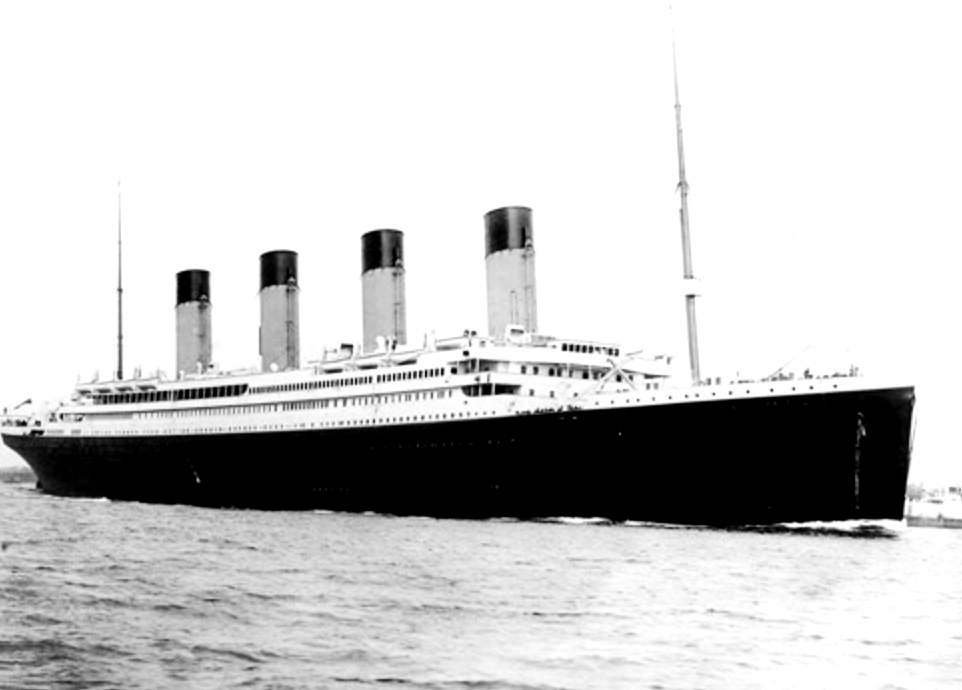
Why only 20 lifeboats for thousands of passengers and crew?
The ship’s 20 lifeboats could accommodate about 1,200 people - just over half of the 2,223 or so aboard The Titanic. Certainly, that met the legal obligations but this was a luxury ship. Alexander Carlisle, general manager for shipbuilder Harland & Wolff, reportedly submitted plans for 64 lifeboats, later reduced to 32. In 1910, a decision was made to reduce that further. Carlisle quit that same year, but was it over a dispute related to the lifeboats? Carlisle reportedly had a nervous breakdown and retired at 55, but the reason for his illness and departure remain a mystery.
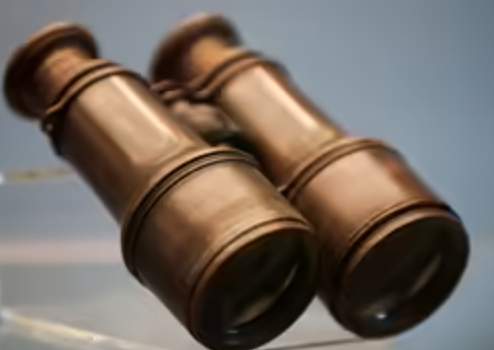
Why didn’t anyone distribute binoculars to the crew?
Among The Titanic debris littering the ocean floor were binoculars that appear to have been stashed in a locker but not distributed. According to the BBC, a sailor named David Blair was responsible for navigation equipment but he was reassigned at the last minute and forgot to leave the key to the storage unit, leading to many questions including why no one did a safety inspection to check the navigation equipment before The Titanic’s departure, why Blair was reassigned, why he kept the key, and whether the crash could have been averted if the crew had binoculars.
"The brand new social experience where you activate your gaming skills as you train like a spy."
- TimeOut
Take on thrilling, high-energy espionage challenges across different game zones.

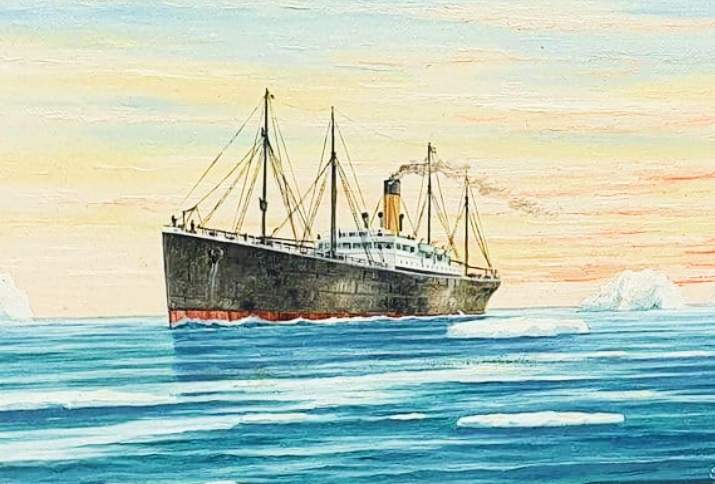
Did The Californian let The Titanic sink?
Captain Stanley Phillip Lord was in charge of the SS Californian which sailed close to The Titanic on April 14, 1912. His crew didn’t react immediately to help in the rescue mission, however. Why not? Initially, investigators decided The Californian was probably closer than the 19.5 miles claimed by Captain Lord. Decades later, however, the discovery of The Titanic’s wreck exonerated Lord and The Californian, which led to another mystery. Witnesses swore they saw another vessel lurking close by. So was there another ship that watched The Titanic sink?
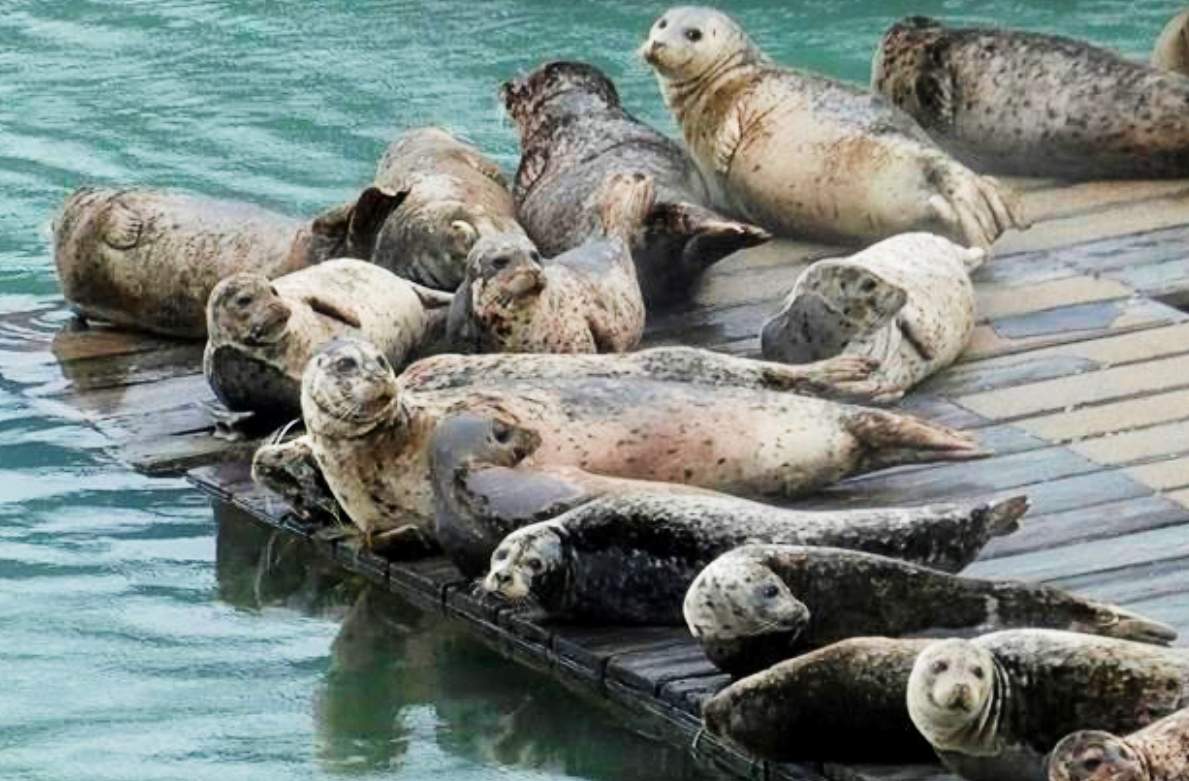
The strange case of the Norwegian sealing ship
The Norwegian sealing ship The Samson may have also been in the vicinity but nothing is certain. Henrik Naess, The Samson’s former first officer, told a Norwegian newspaper that his vessel was within sight of The Titanic. According to The Washington Post, The Samson may have been illegally seal hunting off Newfoundland, and was wary of being discovered. With no radio aboard, The Samson couldn't check the level of distress aboard The Titanic. But why would the Norwegian ship be 1,000 miles from its Arctic hunting ground and nowhere near seals? The story has confounded Titanic scholars for decades.

And the band played on
What was the last song played by The Titanic band? Vera Dick, a first-class Canadian passenger, said the final song was the hymn Nearer, My God, to Thee but Ultimate Titanic maintains she was on a life raft some hour and 20 minutes before the musicians would have played their final melody. Apparently, the musicians stayed behind voluntarily, feeling it was their duty to help calm passengers while lifeboats were loaded. Even if that’s true, none of the band members lived to tell the tale. Passenger accounts and crew vary greatly, and the Snopes fact-checking website has determined that the final song will remain an eternal mystery.
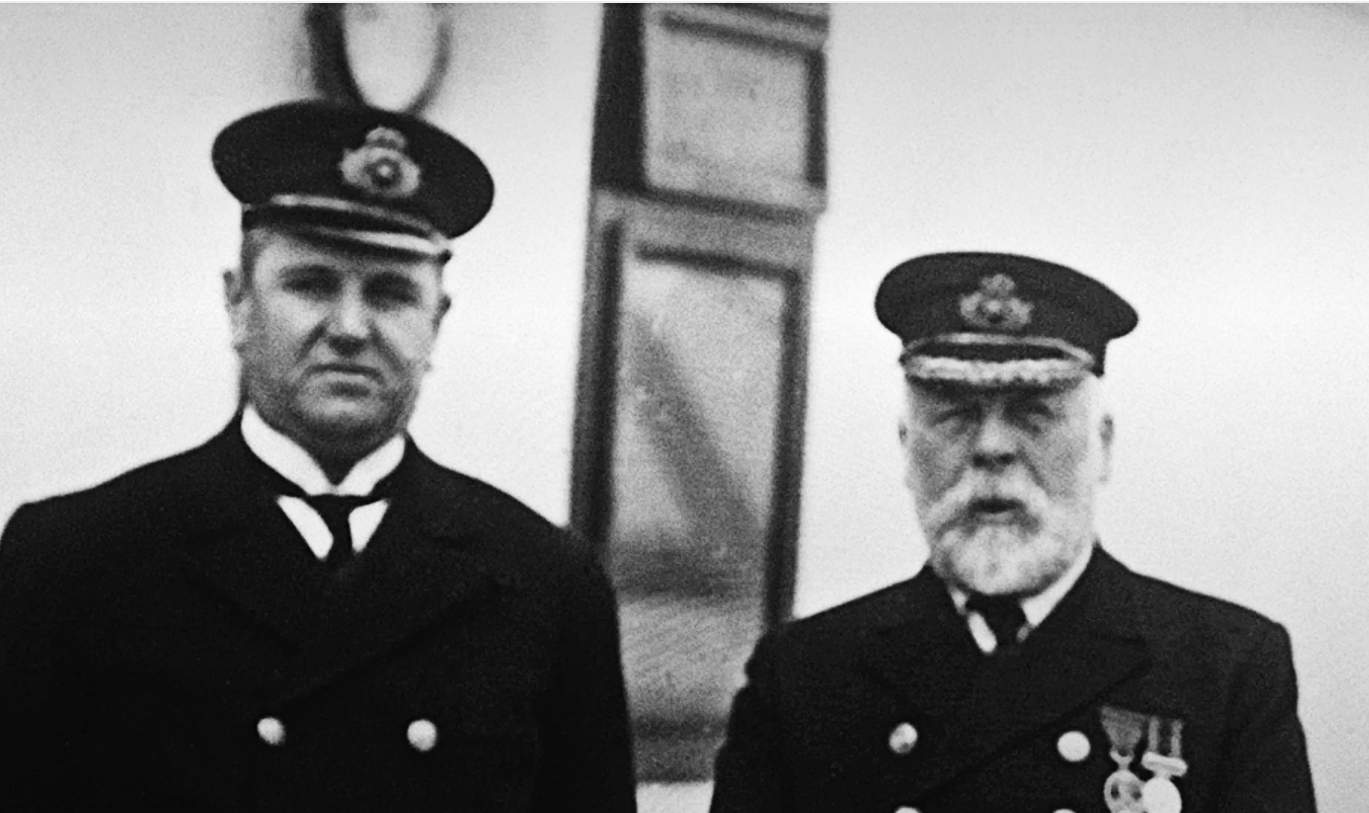
What happened to Titanic Captain Edward Smith before the ship sank?
Captain Edward Smith (above, right) reportedly appeared on the bridge at 11:40 pm on April 14, 1912, to ask what The Titanic had hit. “An iceberg, sir,” First Officer William Murdoch replied. What happened after that is less clear. Some survivors claim to have seen Smith commit suicide with a pistol while others reported seeing him inside the wheelhouse of the bridge as The Titanic sank. According to author Wyn Craig Wade, Captain Smith had at least five different deaths - from heroic to shameful - and rumors of his survival also circulated.

Did a 'supermoon' help sink The Titanic?
Texas State University researchers have a theory: a rare lunar event - the likes of which hadn’t been seen in 1,400 years - created the hazardous conditions that sank the ship. Normally, the type of iceberg blamed for sinking The Titanic would not have floated south into the shipping lanes without melting a bit. The supermoon could have caused an unusually high tide, however, pulling the iceberg away from a Greenland glacier - at least, that’s the theory. It would have taken three months for the iceberg to float into The Titanic’s path. So does it all come down to a strange lunar-Earth alignment on Jan 4, 1912 which caused the accident?
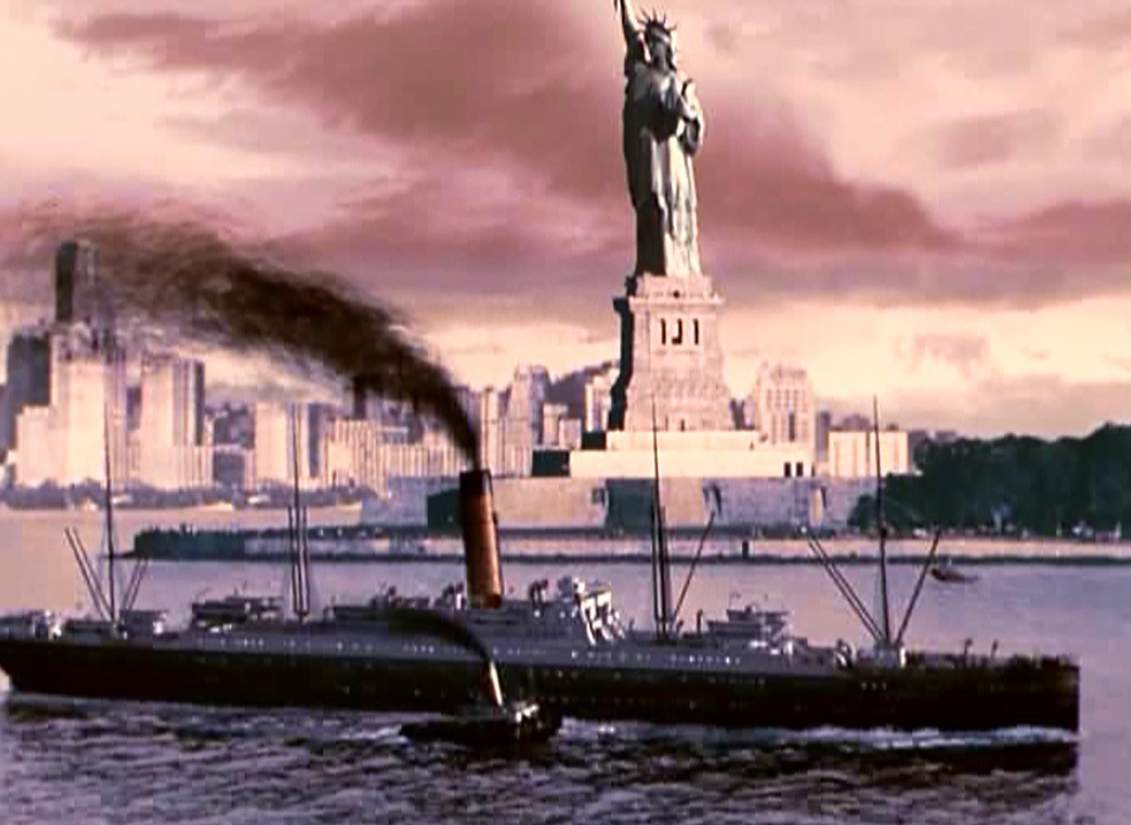
What happened to the passengers who survived but didn’t disembark from The Carpathia?
How many of the Titanic survivors boarded the RMS Carpathia rescue ship but didn’t disembark in New York? It isn’t clear, but at least six survivors, all Chinese sailors, had to stay aboard under a US law called the Chinese Exclusion Act. They were then transferred to a Cuba-bound ship and seemingly vanished. A documentary team tried to track down the men, believing they moved first to the UK and then scattered abroad to Canada, India, and back to the US, but the details remain murky. Even some close family members did not know the men survived The Titanic disaster until after the men had died.

Why did millionaire John Jacob Astor refuse to board a lifeboat?
John Jacob Astor, 47, with a personal fortune of $150m, was the wealthiest man aboard The Titanic. His group - including his 18-year-old wife, Madeleine, and servants - seemed to loiter. Astor apparently put his wife safely aboard lifeboat four but Astor was denied boarding himself as it was women and children first. Astor did, however, reportedly have the opportunity to board lifeboat seven but chose not to for reasons that remain a mystery. His body was recovered a week later by the crew of The Mackay-Bennett and he was buried in Trinity Cemetery, New York.
SPYSCAPE+

Join now to get True Spies episodes early and ad-free every week, plus subscriber-only Debriefs and Q&As to bring you closer to your favorite spies and stories from the show. You’ll also get our exclusive series The Razumov Files and The Great James Bond Car Robbery!


Gadgets & Gifts
Explore a world of secrets together. Navigate through interactive exhibits and missions to discover your spy roles.
Your Spy Skills
We all have valuable spy skills - your mission is to discover yours. See if you have what it takes to be a secret agent, with our authentic spy skills evaluation* developed by a former Head of Training at British Intelligence. It's FREE so share & compare with friends now!
* Find more information about the scientific methods behind the evaluation here.


Stay Connected
Follow us for the latest
TIKTOK
INSTAGRAM
X
FACEBOOK
YOUTUBE